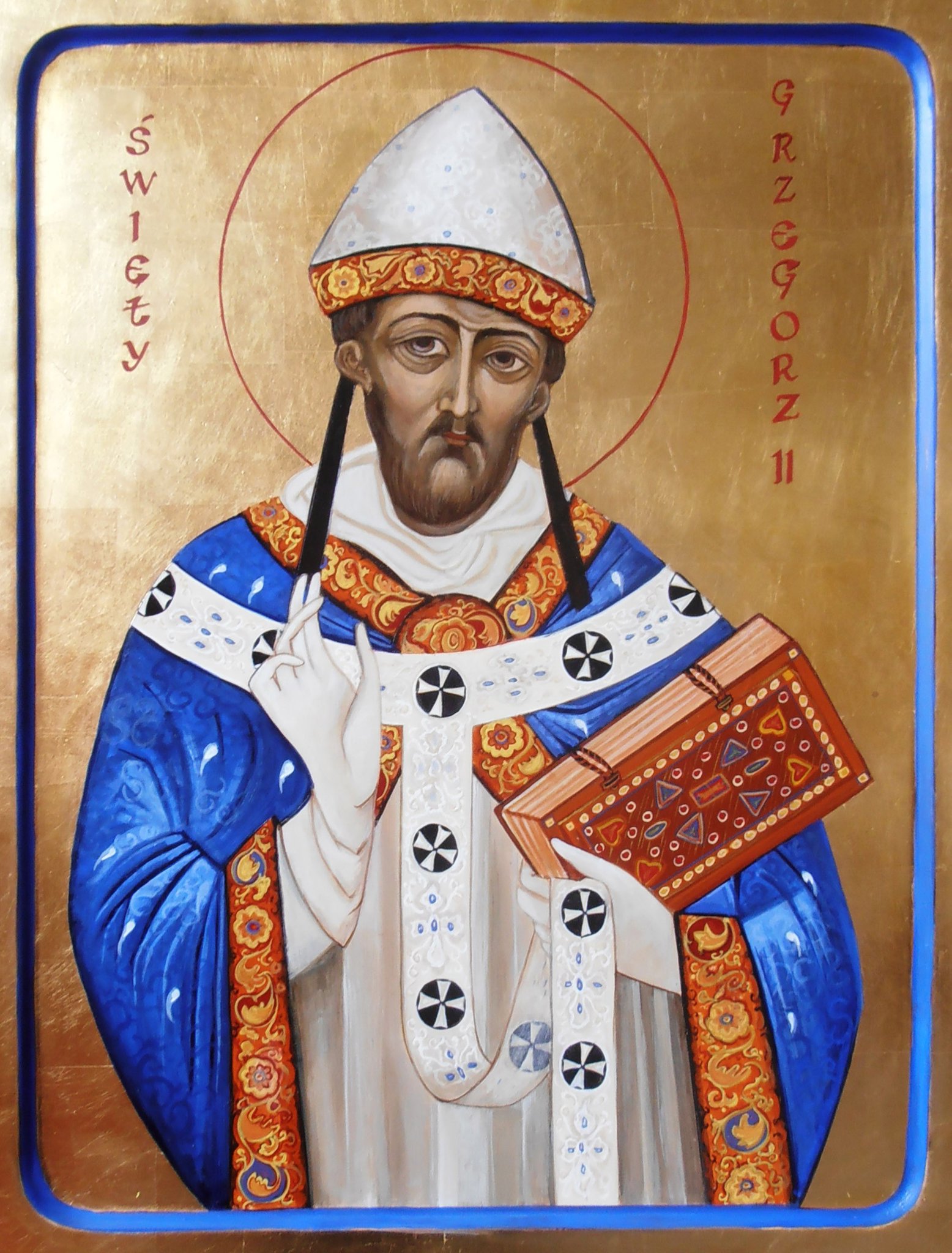- Dec 28, 2017
- 3,779
- 2,856
- Country
- United States
- Faith
- Christian
- Marital Status
- Private
September 8
Lives of the Saints
† The Nativity of the Most Holy Theotokos
The Theotokos was born to aged and barren parents, Joachim and Anna. (For their story, see tomorrow's listing). She was born about the year 16 or 17 before the birth of her Son, the Christ.
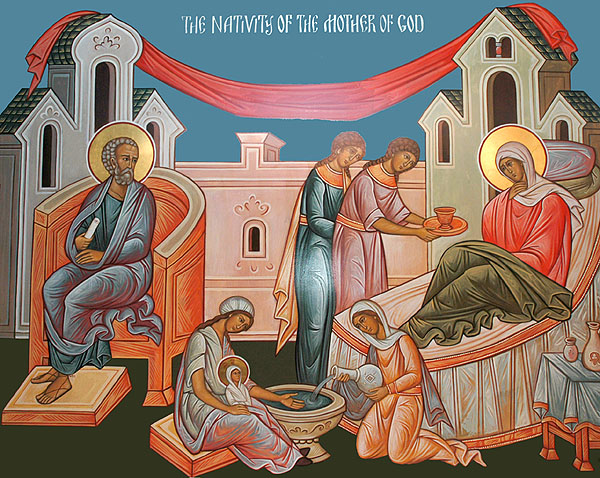
• New Martyr Athanasius of Thessalonika (1774)
He was born to a distinguished and pious Christian family in Thessalonika. After acquiring an unusually good education he spent a few years in Constantinople, then returned to his native city. He spoke both Turkish and Arabic well, and often conversed with Muslims. Once, while speaking with an emir, Athanasius pronounced the Muslim confession of faith to illustrate a point. The emir, seeing an opportunity, immediately reported Athanasius to the Islamic judge, claiming that he had converted to Islam. The judge found no merit in the case and would have dismissed Athanasius; but the emir and other officials were insistent, and the judge pressured Athanasius to convert. When Athanasius answered that he knew no truth but that of Christ, he was thrown in prison. When he appeared before the judge several days later, he was still firm in his confession, and was sentenced to death. He was hanged outside the city in 1774, at the age of twenty-five.
• Our Venerable Father Serapion of Pskov (1481)
He wss born in (what is now) Lithuania, but entered monastic life in the Pskov district. His spiritual father was St Euphrosynus (May 15), under whose care he lived for more than fifty-five years. He became known for his exceptional humility and asceticism. He tried never to be idle, giving any free moment to prayer and reading of Scripture. He emphasized the importance of the common prayer of the Church, saying that reciting the entire Twelve Psalm rule in one's cell was not worth one Kyrie Eleison chanted by the brethren assembled together in church. His knowledge of Lithuanian and Finnish allowed him to strengthen the faith among the peoples of those lands. When he died, at the age of ninety, his clothing was so threadbare that no one wanted it. Soon after his repose, a blind man recovered his sight at St Serapion's tomb, which has been the site of many miracles ever since.
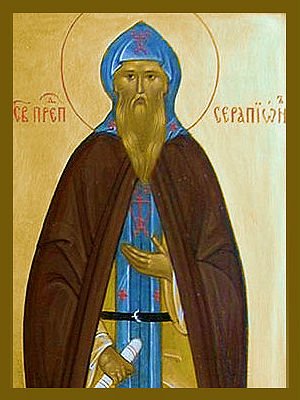
• Icon of the Mother of God “of the Sign”, the “Kursk-Root”
Icon of the Mother of God “of the Sign”, the “Kursk-Root”
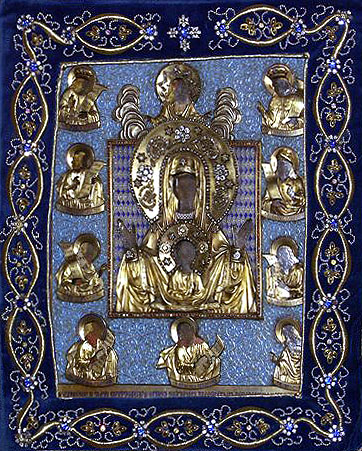
• Icon of the Mother of God of Pochaev
Icon of the Mother of God of Pochaev
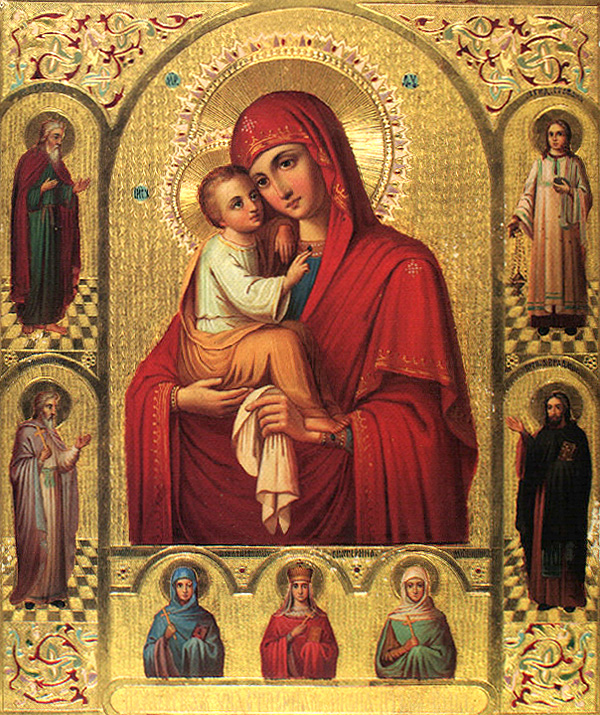
• Icon of Sophia, the Wisdom of God
Icon of Sophia, the Wisdom of God
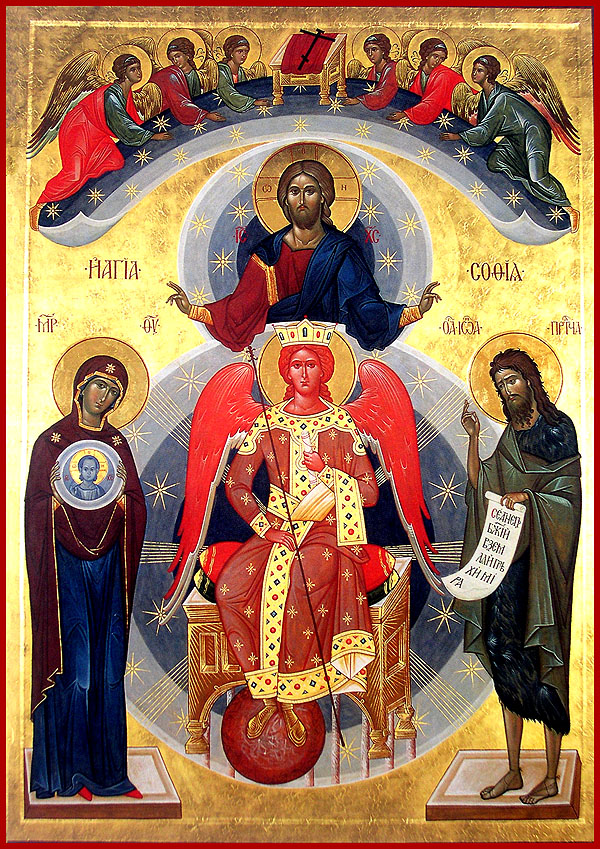
.
Lives of the Saints
† The Nativity of the Most Holy Theotokos
The Theotokos was born to aged and barren parents, Joachim and Anna. (For their story, see tomorrow's listing). She was born about the year 16 or 17 before the birth of her Son, the Christ.
• New Martyr Athanasius of Thessalonika (1774)
He was born to a distinguished and pious Christian family in Thessalonika. After acquiring an unusually good education he spent a few years in Constantinople, then returned to his native city. He spoke both Turkish and Arabic well, and often conversed with Muslims. Once, while speaking with an emir, Athanasius pronounced the Muslim confession of faith to illustrate a point. The emir, seeing an opportunity, immediately reported Athanasius to the Islamic judge, claiming that he had converted to Islam. The judge found no merit in the case and would have dismissed Athanasius; but the emir and other officials were insistent, and the judge pressured Athanasius to convert. When Athanasius answered that he knew no truth but that of Christ, he was thrown in prison. When he appeared before the judge several days later, he was still firm in his confession, and was sentenced to death. He was hanged outside the city in 1774, at the age of twenty-five.
• Our Venerable Father Serapion of Pskov (1481)
He wss born in (what is now) Lithuania, but entered monastic life in the Pskov district. His spiritual father was St Euphrosynus (May 15), under whose care he lived for more than fifty-five years. He became known for his exceptional humility and asceticism. He tried never to be idle, giving any free moment to prayer and reading of Scripture. He emphasized the importance of the common prayer of the Church, saying that reciting the entire Twelve Psalm rule in one's cell was not worth one Kyrie Eleison chanted by the brethren assembled together in church. His knowledge of Lithuanian and Finnish allowed him to strengthen the faith among the peoples of those lands. When he died, at the age of ninety, his clothing was so threadbare that no one wanted it. Soon after his repose, a blind man recovered his sight at St Serapion's tomb, which has been the site of many miracles ever since.

• Icon of the Mother of God “of the Sign”, the “Kursk-Root”
Icon of the Mother of God “of the Sign”, the “Kursk-Root”
• Icon of the Mother of God of Pochaev
Icon of the Mother of God of Pochaev
• Icon of Sophia, the Wisdom of God
Icon of Sophia, the Wisdom of God
.
Upvote
0

